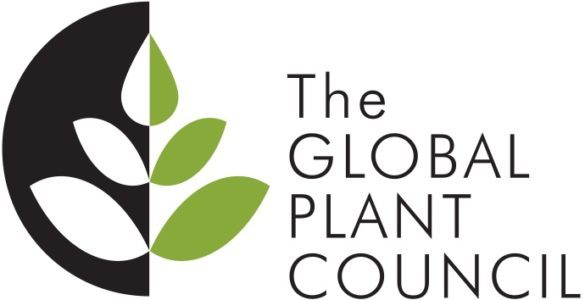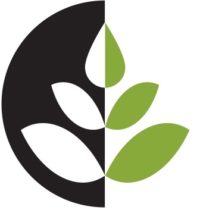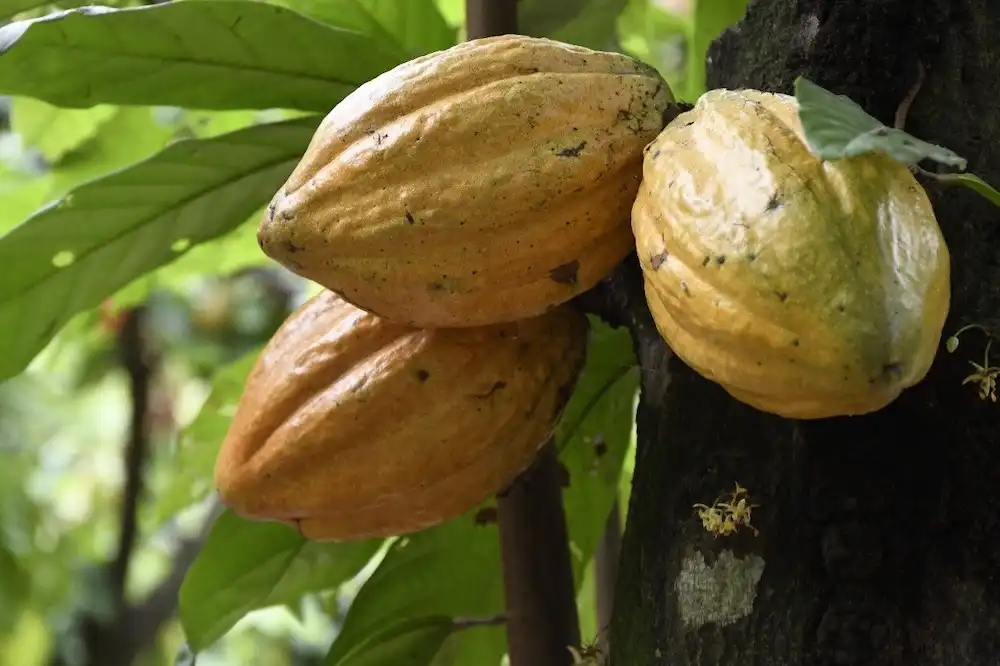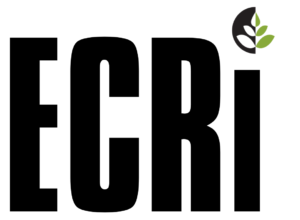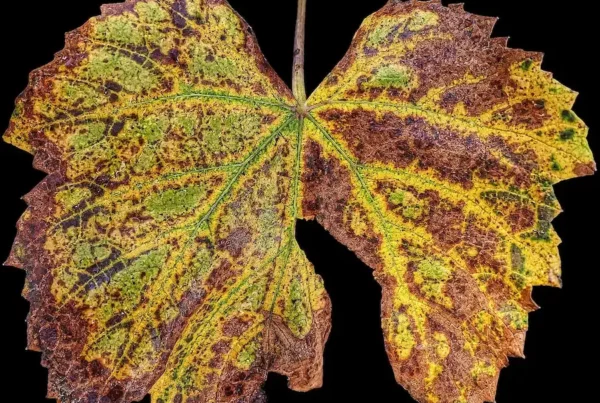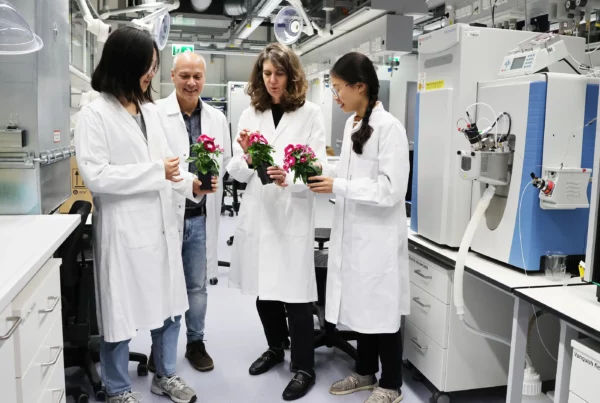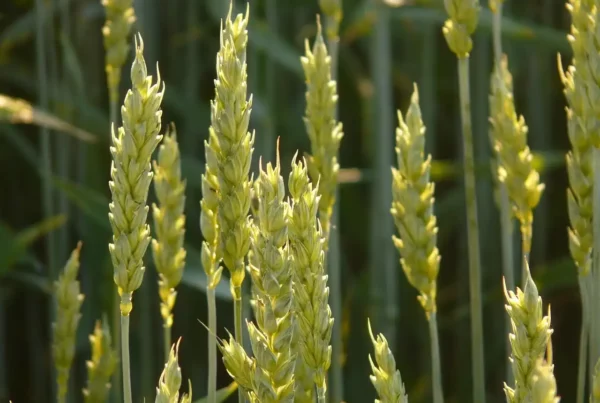Toribio Rodríguez de Mendoza National University researchers conducted a genomic analysis of fine aroma cocoa from northern Peru, uncovering genetic divergence and evolutionary patterns within Theobroma cacao.
Cacao (Theobroma cacao) is a globally important crop, yet its intraspecific genetic relationships remain unresolved due to limited molecular data. Traditional classifications divide cacao into Forastero, Criollo, and Trinitario types, but genetic studies indicate that cacao populations in South America do not fit neatly into these categories. Fine aroma cocoa, a high-value variety, is recognized for its distinct flavor profile, yet its evolutionary history and genetic structure have not been fully characterized.
Molecular markers, such as single nucleotide polymorphisms (SNPs) and microsatellites, have been used to study cacao genetics, yet chloroplast genome data remain scarce. Plastid genomes provide insight into maternal lineage and evolutionary divergence, making them a valuable tool for understanding fine aroma cocoa’s genetic structure and historical development.
In the study, “Comparative analyses of chloroplast genomes of Theobroma cacao from northern Peru,” published in PLOS ONE, researchers conducted a chloroplast genome analysis to investigate genetic variation, identify potential lineage markers, and estimate divergence times.
Seven fine aroma cocoa genotypes were collected from Bagua and Utcubamba provinces in northern Peru, with samples deposited in the KUELAP herbarium. Genome sizes ranged from 160,589 to 160,727 base pairs, with a GC content of 36.9%. Comparative analysis revealed the presence of the infA gene in all fine aroma cocoa samples, a feature absent in previously published T. cacao genomes.
Phylogenetic analysis identified three distinct genetic groups among fine aroma cocoa lineages, with one cluster aligning with Trinitario and Criollo varieties, another with Forastero from the Lower Amazon, and a third linked to National and Curaray genetic groups. Significant variation in the ycf1 gene suggests its usefulness for distinguishing fine aroma cocoa lineages.
Divergence time estimates suggest that Theobroma cacao and Theobroma grandiflorum shared a common ancestor ~10.11 million years ago, with Theobroma cacao diverging around 7.55 million years ago. Fine aroma cocoa populations likely diversified during the Pleistocene (~0.31 to 1.82 million years ago).
The findings provide new insights into the genetic structure and evolutionary history of fine aroma cocoa. Identification of lineage-specific markers, such as ycf1, could aid in breeding programs, conservation efforts, and the genetic classification of Theobroma cacao.
Read the paper: PLOS ONE
Article source: Toribio Rodríguez de Mendoza National University via Phys.org
Image: The chocolate tree age. Credit: Daniel Tineo, CC-BY 4.0 (https://creativecommons.org/licenses/by/4.0/)
